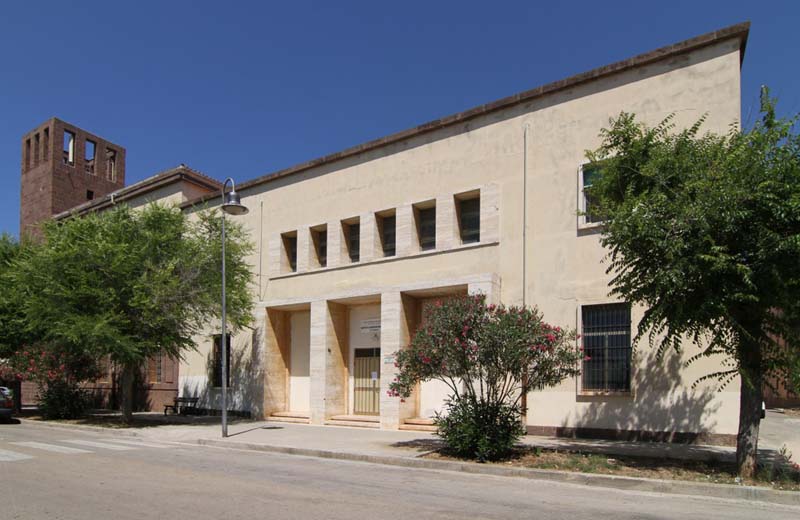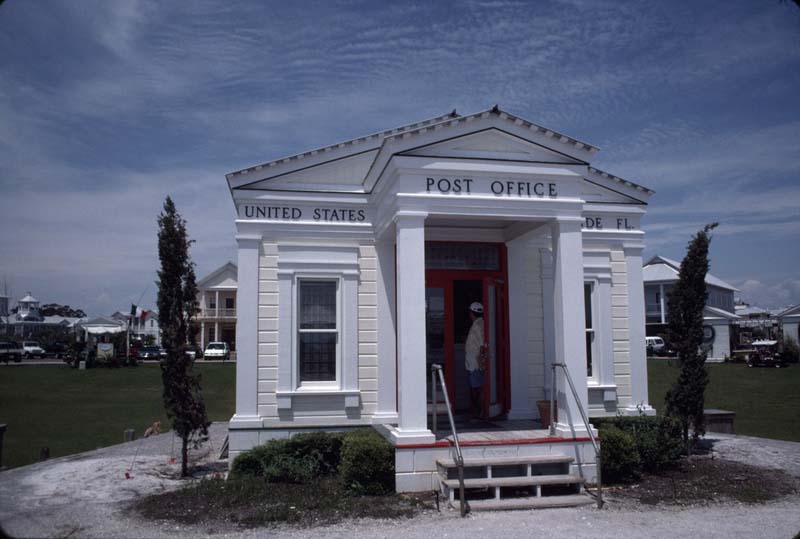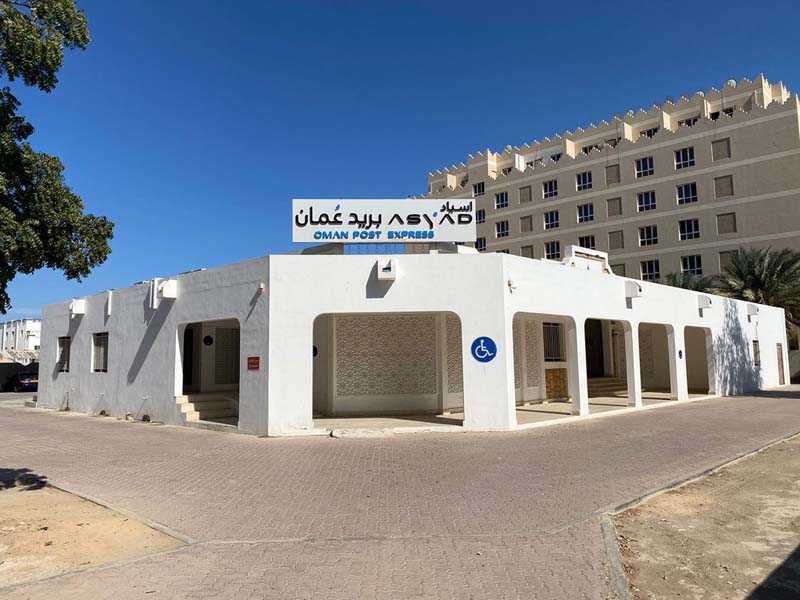by
Said Al Mahrouqi, Guest SAHARA Editor | Feb 15, 2024
In the Anglophone world, the term “post office” dates to the Elizabethan period. Its use started in the 1650s after the legalization of private mail services. Post office buildings have evolved from simple, functional designs to major architectural landmarks that reflect the values of their era. Initially, they symbolized the postal service's trustworthiness and importance. However, by the mid-20th century, the focus shifted to Modernism, which valued simplicity, efficiency, and innovative building materials. Contemporary post offices aim to be environmentally friendly and serve as community hubs, combining sustainable design elements with facilities that promote public interaction. In many locations, they are a community’s principal connection to the national government. They also play important roles in a variety of situations, from paying taxes to Valentine’s Day.

Farm Security Administration, Arvin Post Office, Arvin, California, 1936. Photographed by Josi Ward on May 13, 2013. A square wooden structure is attached to a mass-produced metal shelter at the rear.
George McRae, Parcels Post Office, Sydney, New South Wales, Australia, 1913. Photographed by Alex Bremner.

Petrucci, Concezio & Tufaroli, Mario Luciano, Fertilia Post Office, Lungomare, Sardinia, Italy, 1942. Photographed by Ruth W. Lo.
Magney & Tusler, United States Post Office, Minneapolis, Minnesota, 1933. Photographed by Philip Larson. The main building faced Pioneer Square park, which is now occupied by an apartment tower.

Duany Plater-Zyberk, Post Office, Seaside, Florida, 1981. Photographed by Richard Guy Wilson. The post office serves as a popular tourist attraction in Seaside. In 2018 it was relocated to a different part of the central square.
William Adams Delano, Ariel Rios Federal Building (New Post Office), Washington, DC, 1934. The building, characterized by its Classical Revival style and unique semicircular footprint, combines traditional limestone and granite exteriors with a richly appointed interior, featuring art, murals, and modern amenities like central air conditioning, all of these preserved during a 1993 restoration.

Unknown, Oman Post Office, Azaiba, Muscat, Oman, 1970s. Photographed by Marwan Al Mahrouqi on January 16, 2024. Oman's postal service evolved through stages of foreign oversight, starting with Indian supervision until 1864, transitioning to Pakistani control after India's independence, and then under British administration across the Arab Gulf from 1948 to 1966. Achieving postal independence on April 30, 1966, Oman began self-management of its postal services and issued its first "Muscat and Oman" stamps, reflecting the nation's heritage and symbols.
Robert Vorhoelzer, Goetheplatz post office, Munich, Germany. 1932. Photographed by J. Fraser Muirhead. The five-story post office combines Neue Sachlichkeit and Classical Modernism styles, and features a curved facade with large windows and a reinforced concrete structure.
Unknown, Steeple Bumpstead Post Office, Essex, UK, early-17th century, with 18th century alterations. Photographed by Dell Upton in June 1982.
Cornelis Hendrik Peters and Hans Ruijssenaars, Hoofdpostkantoor, Amsterdam, Netherlands, 1899. Photographed by Dell Upton on March 23, 2019. The building combines both Gothic and Renaissance elements and is currently a shopping mall known as Magna Plaza.